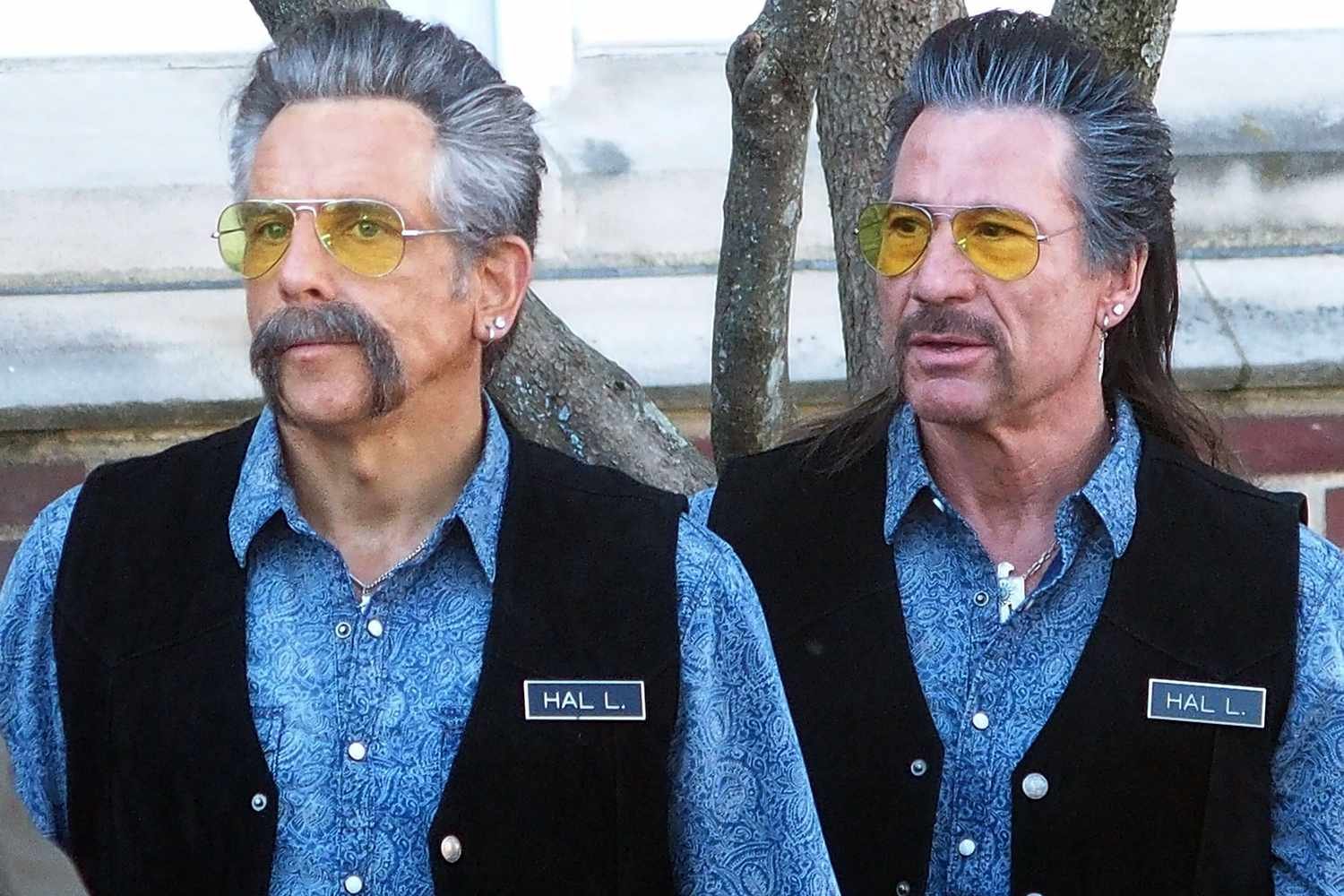The Illusion of Danger
Films are all about suspense, excitement, and risk. However, most of the time, the threat is completely fake. When you watch a superhero hanging off a helicopter or a secret agent jumping out of a blown-up train, what you are actually seeing is a superb illusion—created by professionals back at the sets.
Stunt Doubles
Stunt doubles are the unsung heroes of many action scenes—they are the professionals who perform the physically dangerous parts in place of the actors. They are well trained in martial arts, high falls, precision driving, and wire work.
Stunt doubles wear the same costumes as the actor and sometimes apply makeup or prosthetics to resemble the actor’s face and do the actual stunts. The swap is hidden by cinematic editing and camerawork, and audiences are none the wiser.
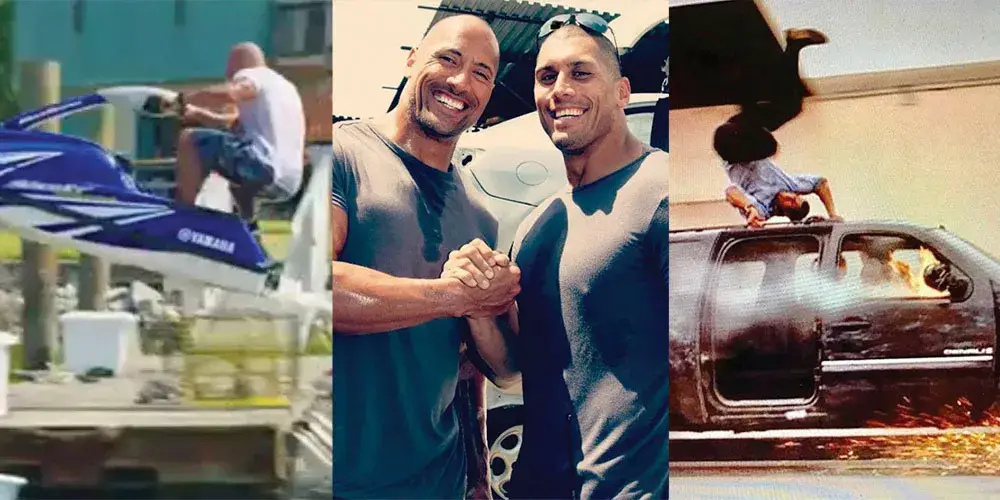
Controlled Risk
Although the risk is fictitious, the artistry is quite real. Such stunts are done in controlled environments with the use of safety harnesses, crash pads, wires, among others. Such tools are later removed in post-production to preserve the illusion.
So, although it appears that your favorite actor has just been hurled through a glass window, chances are that a specially trained stuntman did it with breakaway glass, crash mats, and years of practice.
Planning and Choreography
What most viewers do not know is that action scenes—fight scenes or chase scenes—are choreographed and rehearsed to the same extent as a dance performance.
Stunt coordinators prepare every movement in the scene in close collaboration with the director before the cameras start filming. They choreograph the fight beats, the falls, the punches—all set to perfection. To ensure that every moment feels unprepared, yet safe, actors and stunt doubles practice scenes during days or weeks.
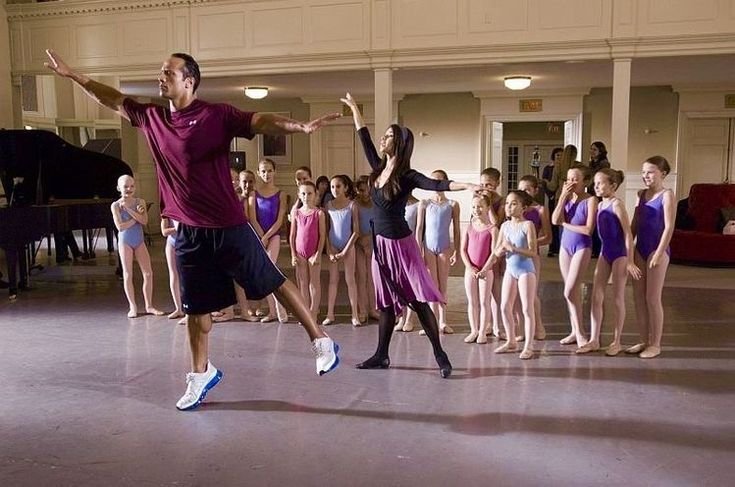
Safety Equipment and Hidden Tools
When shooting, safety gear is never compromised. Foam props, padded costumes, mats, cables, and even green-suited assistants tugging at wires—all help to keep the performers out of danger. Visual-effects artists in post-production eliminate these, so that it appears as though the scene was accomplished entirely naturally.
During my own VFX training I was able to practice on sample scenes where we removed wires and safety equipment digitally, cleaned up stunt shots, and added effects to finish the illusion. It is wonderful how rough and mechanical during the shooting process, the action becomes smooth after editing.
CGI and VFX
When a scene is too dangerous, too costly, or simply cannot be done in real life—that is the cue to introduce CGI (Computer-Generated Imagery) and visual effects.
“What is CGI?” CGI means computer-generated images, and it can be whatever the filmmakers want: a whole landscape, a tunnel, or a moving character. It is employed when the filmmakers have to demonstrate something which does not exist or would be too hazardous to shoot.
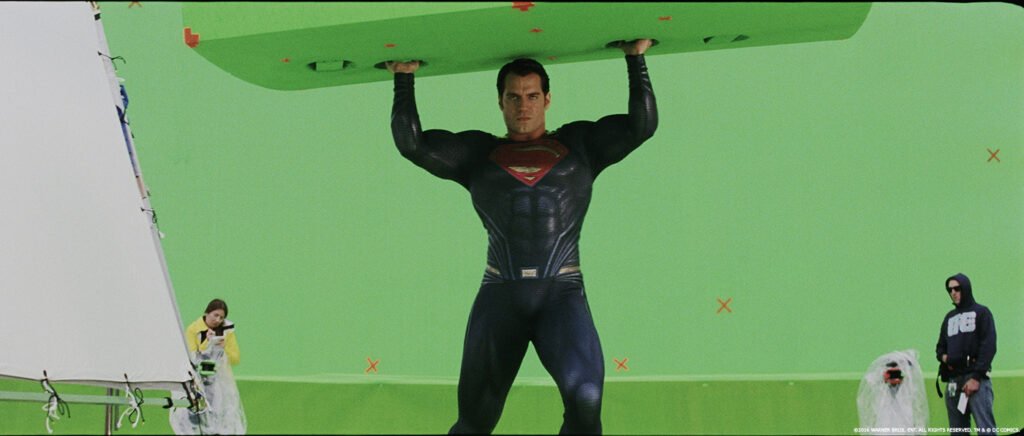
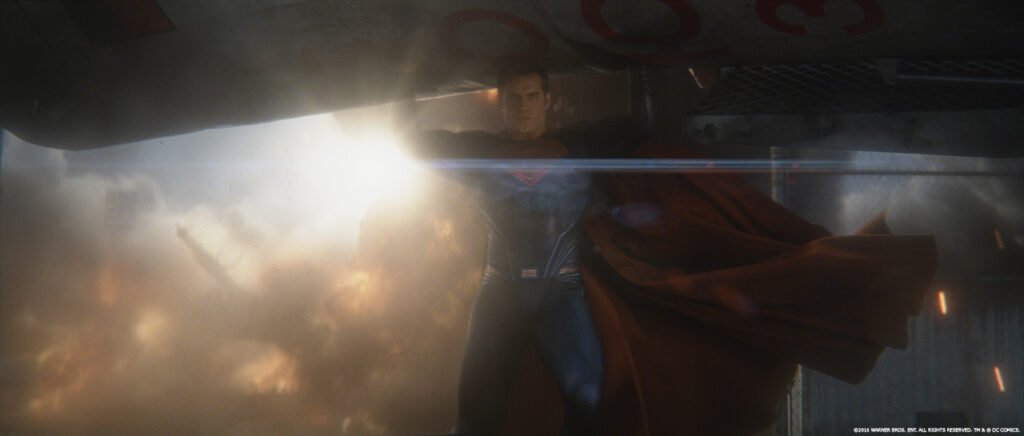
By way of example, when Iron Man is flying through the air or the Hulk is breaking through a wall, those are scenes that were practically constructed almost solely with digital models and motion capture. In some cases, the actor does not even enter the action—he or she only makes some facial expressions or movements and everything else is in a computer.
Green Screens and Digital Worlds
Most of them are filmed against green screens, and because of that, the editors can choose any background—a burning city, a collapsing bridge, or an alien planet.
Background design and green-screen replacement were common in my coursework in VFX. I got to know about layering, lighting, and physics simulations that can transform a simple studio shot into a mind-blowing cinema scene.
Camera Tricks
Despite all the digital technology at our disposal, some of the best illusions are created by camera tricks—things that movie makers have been doing since the dawn of time.
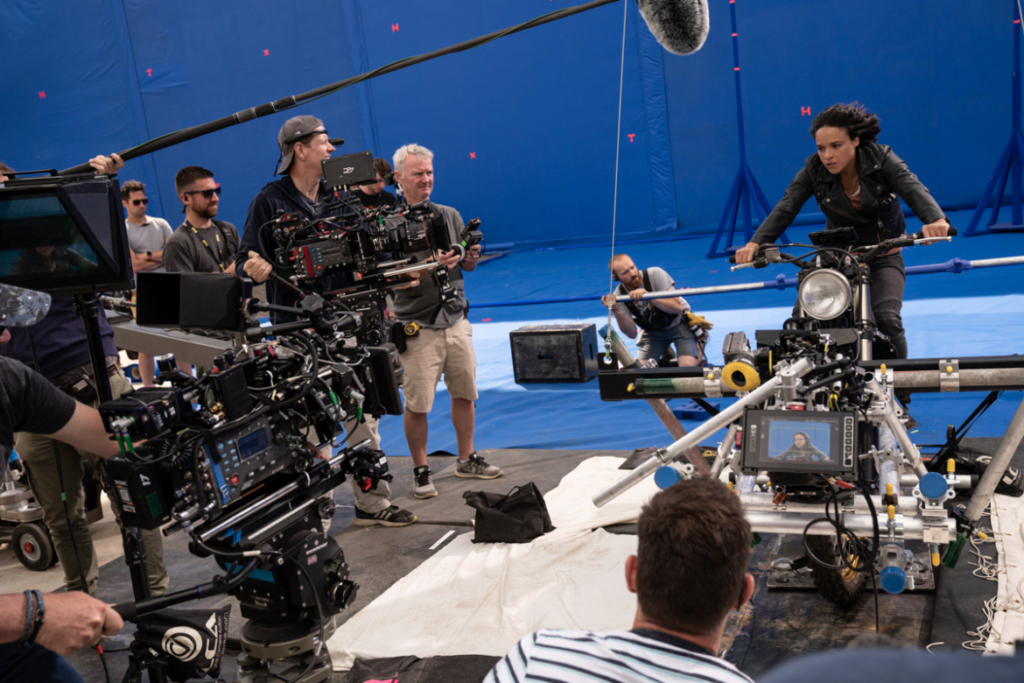
Changing angles and cutting scenes—the interchange of close-ups and wide shots—is one of the tricks. It could be a close-up of a fearful or determined face of the actor. The following shot, a wide angle, displays a body either flying through the air or smashing against a wall. But it is not the actor. It is a stunt double, or a 3D model, doing the act.
Such quick cuts, together with music and camera vibration, make the entire thing seem so real and intense.
Motion blur and forced perspective play tricks with the eye, making an object appear larger, smaller, or farther than it really is. When properly used, these basic camera deceptions can cause an actor to seem to jump higher or fall further than he or she really did.
Final post reflects on what these movie-set lessons mean for creativity, collaboration, and calculated courage.
